Home>Gardening & Outdoor>Outdoor Structures>How To Ventilate A Shed
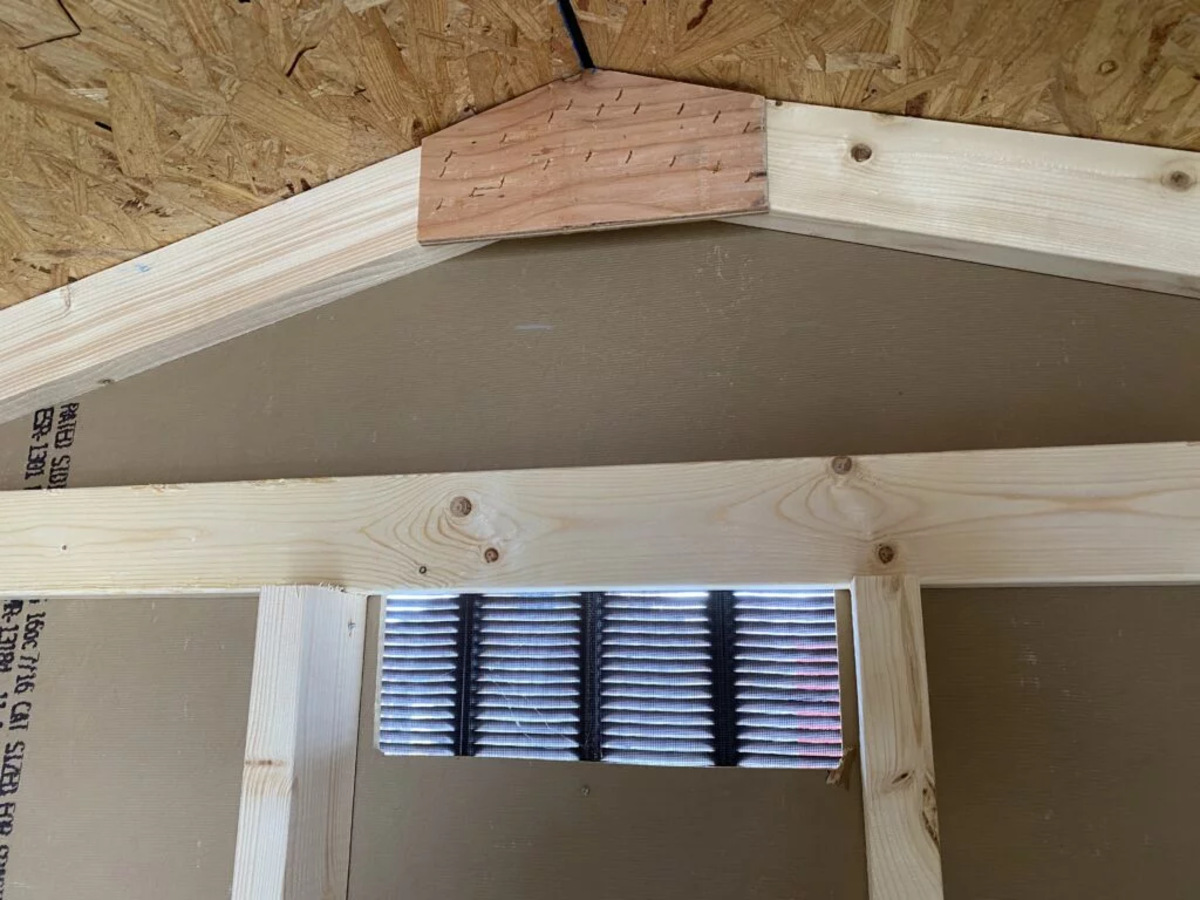

Outdoor Structures
How To Ventilate A Shed
Modified: August 17, 2024
Learn how to effectively ventilate your outdoor structures with our expert tips and advice. Keep your shed well-ventilated for optimal air circulation and protection against moisture and heat.
(Many of the links in this article redirect to a specific reviewed product. Your purchase of these products through affiliate links helps to generate commission for Storables.com, at no extra cost. Learn more)
Introduction
When it comes to outdoor structures like sheds, proper ventilation is often an overlooked yet crucial aspect of maintenance. Adequate ventilation not only helps control temperature and humidity inside the shed but also prevents the buildup of harmful fumes and stagnant air. Whether you use your shed for storage, as a workshop, or even as a cozy retreat, ensuring good airflow is essential for preserving the integrity of the structure and the items stored within.
In this comprehensive guide, we will delve into the intricacies of shed ventilation, including how to assess ventilation needs, choosing the right ventilation system, installing ventilation, and maintaining these systems. By the end of this article, you will have a solid understanding of the importance of shed ventilation and the steps to take to ensure your shed remains a well-ventilated, comfortable, and safe space. So, let's embark on this journey to discover the secrets of effective shed ventilation!
Key Takeaways:
- Proper shed ventilation is crucial for temperature control, air quality, and preventing damage. Assess needs, choose the right system, install carefully, and maintain regularly for a comfortable and safe shed.
- Shed ventilation enhances comfort and functionality. Tailor the system to your shed’s unique characteristics, and embrace proactive maintenance for a welcoming and versatile outdoor space.
Read more: How To Turn A Shed Into A She Shed
Assessing Ventilation Needs
Before selecting a ventilation system for your shed, it’s crucial to assess the specific ventilation needs based on the shed’s size, location, and purpose. Here are some key factors to consider when evaluating your shed’s ventilation requirements:
- Shed Size: The size of your shed plays a significant role in determining the ventilation needs. Larger sheds require more ventilation to ensure proper airflow, while smaller sheds may suffice with a simpler ventilation setup.
- Climate and Weather Conditions: Consider the typical weather patterns in your area. If your region experiences high humidity, extreme temperatures, or frequent precipitation, the ventilation requirements may differ compared to areas with milder climates.
- Shed Usage: The intended use of the shed influences the ventilation needs. For instance, if you use the shed as a workshop where fumes from paints or chemicals are common, you’ll need adequate ventilation to maintain air quality.
- Existing Ventilation: Assess any existing ventilation features in your shed, such as windows, vents, or skylights. Determine if these features are sufficient or if additional ventilation is necessary to meet the airflow requirements.
- Air Circulation: Evaluate the current airflow within the shed. Are there areas where air seems stagnant or where moisture tends to accumulate? Identifying these areas can help pinpoint where additional ventilation is needed.
By carefully considering these factors, you can gain insight into the specific ventilation needs of your shed. This assessment sets the foundation for selecting an appropriate ventilation system that effectively addresses the unique requirements of your outdoor structure.
Choosing the Right Ventilation System
With a clear understanding of your shed’s ventilation needs, the next step is to select the most suitable ventilation system. Several options are available, each with its unique advantages and considerations. Here are some popular ventilation systems to consider:
- Ridge Vents: Ideal for larger sheds, ridge vents are installed along the peak of the roof, allowing warm air to escape while drawing in fresh air through eave or soffit vents. This continuous airflow helps regulate the shed’s temperature and humidity.
- Gable Vents: Positioned on the gable ends of the shed, these vents facilitate air circulation and are effective for releasing hot air and moisture. Gable vents come in various designs, including louvered and decorative options.
- Solar-Powered Vents: For eco-friendly ventilation, solar-powered vents utilize solar energy to power fans that expel hot air from the shed. These vents are particularly beneficial in areas with ample sunlight and can operate without consuming electricity.
- Cupola Vents: Adding a touch of architectural charm, cupola vents not only enhance the aesthetics of the shed but also provide ventilation. They are often placed on the roof and contribute to improved air circulation.
- Whirlybird Turbine Vents: These roof-mounted vents harness wind power to draw air out of the shed. As the wind rotates the turbine, it creates a suction effect, expelling stale air and promoting ventilation.
When choosing a ventilation system, consider factors such as the shed’s design, local climate, and your aesthetic preferences. Additionally, ensure that the selected ventilation system aligns with the assessed ventilation needs to achieve optimal airflow and air quality within the shed.
Furthermore, proper placement of the vents is essential to maximize their effectiveness. Strategic positioning allows for efficient air exchange, helping to mitigate moisture buildup and maintain a comfortable environment within the shed.
By carefully evaluating these options and aligning them with your shed’s ventilation requirements, you can select a ventilation system that not only meets functional needs but also enhances the overall appeal of your outdoor structure.
Consider installing a vent or two near the roof of your shed to allow hot air to escape and fresh air to enter. This will help prevent moisture buildup and keep the shed cool.
Installing Ventilation
Once you’ve chosen the appropriate ventilation system for your shed, it’s time to proceed with the installation process. Proper installation is crucial to ensure that the ventilation system functions effectively and contributes to a well-ventilated shed environment. Here are the general steps for installing ventilation:
- Prepare the Tools and Materials: Before beginning the installation, gather the necessary tools and materials, including the chosen ventilation system, measuring tape, screws or nails, a drill, and a ladder. Ensure that you have all the components required for the specific ventilation system.
- Locate the Optimal Placement: Determine the ideal placement for the ventilation system based on the shed’s design and the assessed ventilation needs. For roof-mounted vents, carefully measure and mark the precise location for installation, taking into account the recommended positioning for optimal airflow.
- Follow Manufacturer Guidelines: Adhere to the manufacturer’s guidelines and installation instructions provided with the ventilation system. Pay close attention to any specific requirements or recommendations, such as the angle of installation for roof vents or the recommended spacing for multiple vents.
- Secure the Ventilation System: Using the appropriate fasteners, securely install the ventilation system according to the manufacturer’s instructions. For roof-mounted vents, ensure that they are watertight and resistant to weather elements by sealing around the edges to prevent water infiltration.
- Connect Power Source (if applicable): If the chosen ventilation system requires a power source, such as solar-powered vents or fans, follow the instructions for connecting the power supply. Ensure that all electrical connections are made safely and in compliance with local building codes.
- Test and Adjust: Once the ventilation system is installed, test its functionality to ensure proper operation. Verify that air is circulating as intended and make any necessary adjustments to optimize airflow and ventilation efficiency.
It’s important to approach the installation process with precision and attention to detail to achieve the desired ventilation outcomes. If you’re unsure about any aspect of the installation, consulting a professional or experienced installer can provide valuable guidance and ensure a successful ventilation system setup.
By following these steps and adhering to the specific requirements of the chosen ventilation system, you can effectively install ventilation that enhances the overall air quality and comfort within your shed.
Maintaining Ventilation Systems
Once the ventilation system is installed, regular maintenance is essential to ensure optimal performance and longevity. Proper upkeep helps preserve the effectiveness of the ventilation system and contributes to a healthy environment within the shed. Here are key maintenance practices to uphold:
- Inspect for Debris: Regularly check the vents and openings for any debris, such as leaves, dust, or cobwebs, that may obstruct airflow. Clearing away such obstructions ensures unhindered ventilation.
- Monitor for Damage: Periodically inspect the ventilation system for signs of damage, including cracks, rust, or deterioration. Address any issues promptly to prevent compromised functionality.
- Clean the Vents: Depending on the type of ventilation system, cleaning may be necessary to remove dirt or buildup. Gable vents, ridge vents, and turbine vents can benefit from occasional cleaning to maintain efficient airflow.
- Check Seals and Weatherproofing: For roof-mounted vents, inspect the seals and weatherproofing to ensure they remain intact and effective. Reseal any areas where the sealant has worn off to prevent water infiltration.
- Test Operation: Regularly test the operation of powered ventilation systems, such as solar-powered vents or fans, to confirm that they are functioning correctly. Address any issues with the power source or fan operation promptly.
- Address Structural Changes: If any modifications are made to the shed, such as adding insulation or altering the layout, reassess the ventilation needs to ensure that the system remains adequate for the shed’s current configuration.
By incorporating these maintenance practices into your shed care routine, you can uphold efficient ventilation and prolong the lifespan of the ventilation system. Regular inspections and upkeep contribute to a healthier environment within the shed, preventing issues such as excessive moisture buildup and air stagnation.
Additionally, staying proactive with maintenance can help identify and address potential issues early, minimizing the risk of more extensive damage to the ventilation system or the shed itself. By prioritizing the upkeep of your shed’s ventilation, you can enjoy a well-ventilated and comfortable space for various activities and storage needs.
Read more: How To Turn An Old Shed Into A She Shed
Conclusion
Effective shed ventilation is a fundamental aspect of maintaining a functional, comfortable, and safe outdoor space. By assessing ventilation needs, selecting the right ventilation system, installing it with precision, and prioritizing regular maintenance, you can ensure that your shed remains well-ventilated and conducive to its intended use.
Proper ventilation not only regulates temperature and humidity but also safeguards the shed and its contents from potential damage caused by moisture and stagnant air. Whether you use your shed for storage, hobbies, or as a workspace, a well-ventilated environment contributes to a more enjoyable and productive experience.
As you embark on the journey of shed ventilation, consider the unique characteristics of your shed, including its size, location, and purpose. Tailoring the ventilation approach to these specific factors will result in a setup that optimally supports the airflow and air quality requirements of your shed.
Furthermore, embracing a proactive approach to shed ventilation fosters a deeper connection with your outdoor space. It allows you to create an environment that aligns with your needs and preferences, whether it be a well-ventilated workshop, a cozy retreat, or a reliable storage area for your belongings.
By integrating the insights and practices outlined in this guide, you can elevate your shed’s functionality and comfort through effective ventilation. Embracing the art of shed ventilation empowers you to transform your outdoor structure into a welcoming and versatile space that enriches your daily life.
So, as you venture into the realm of shed ventilation, remember that the journey is not just about airflow and systems—it’s about crafting an environment that enhances your experiences and nurtures the items and activities within your shed.
Here’s to a well-ventilated, inviting, and purposeful shed that enriches your outdoor lifestyle!
Frequently Asked Questions about How To Ventilate A Shed
Was this page helpful?
At Storables.com, we guarantee accurate and reliable information. Our content, validated by Expert Board Contributors, is crafted following stringent Editorial Policies. We're committed to providing you with well-researched, expert-backed insights for all your informational needs.
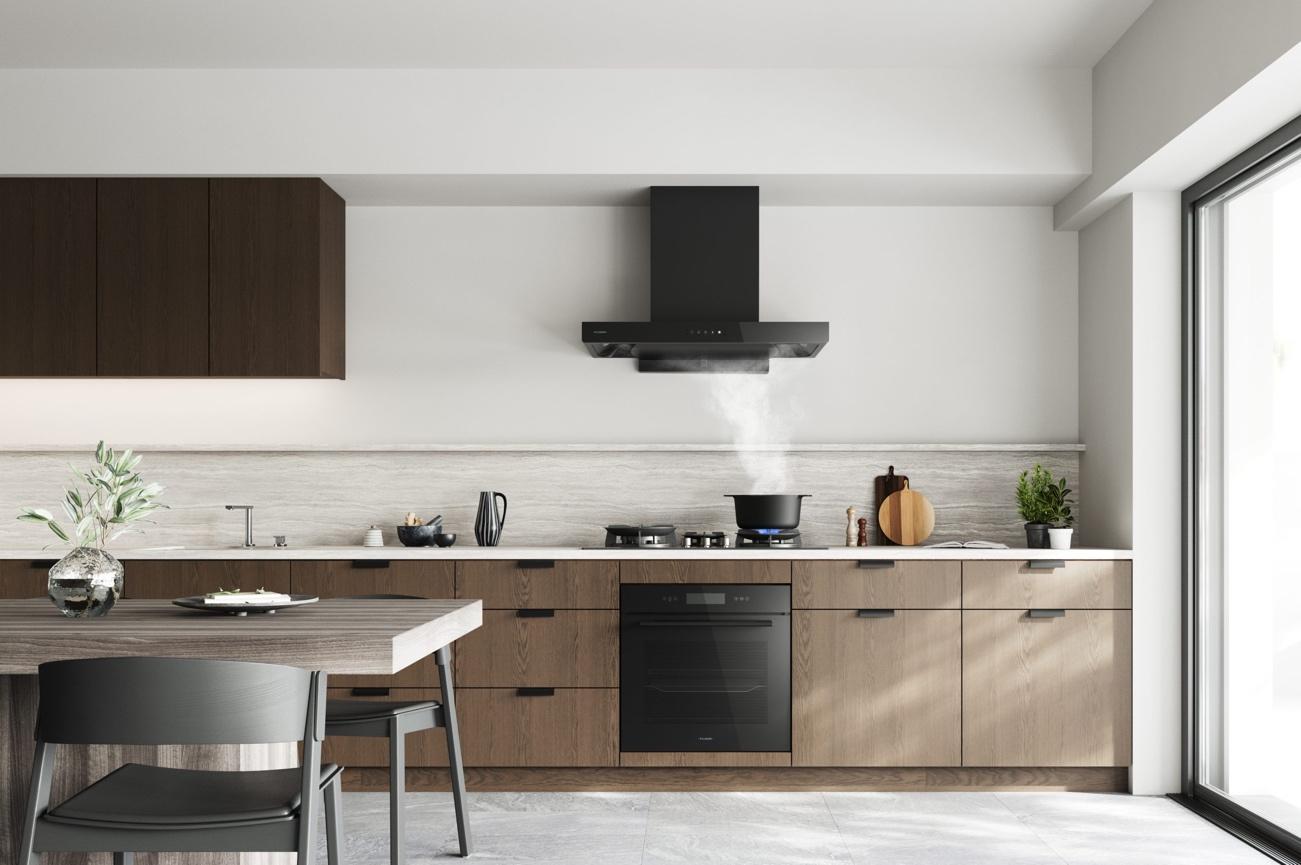
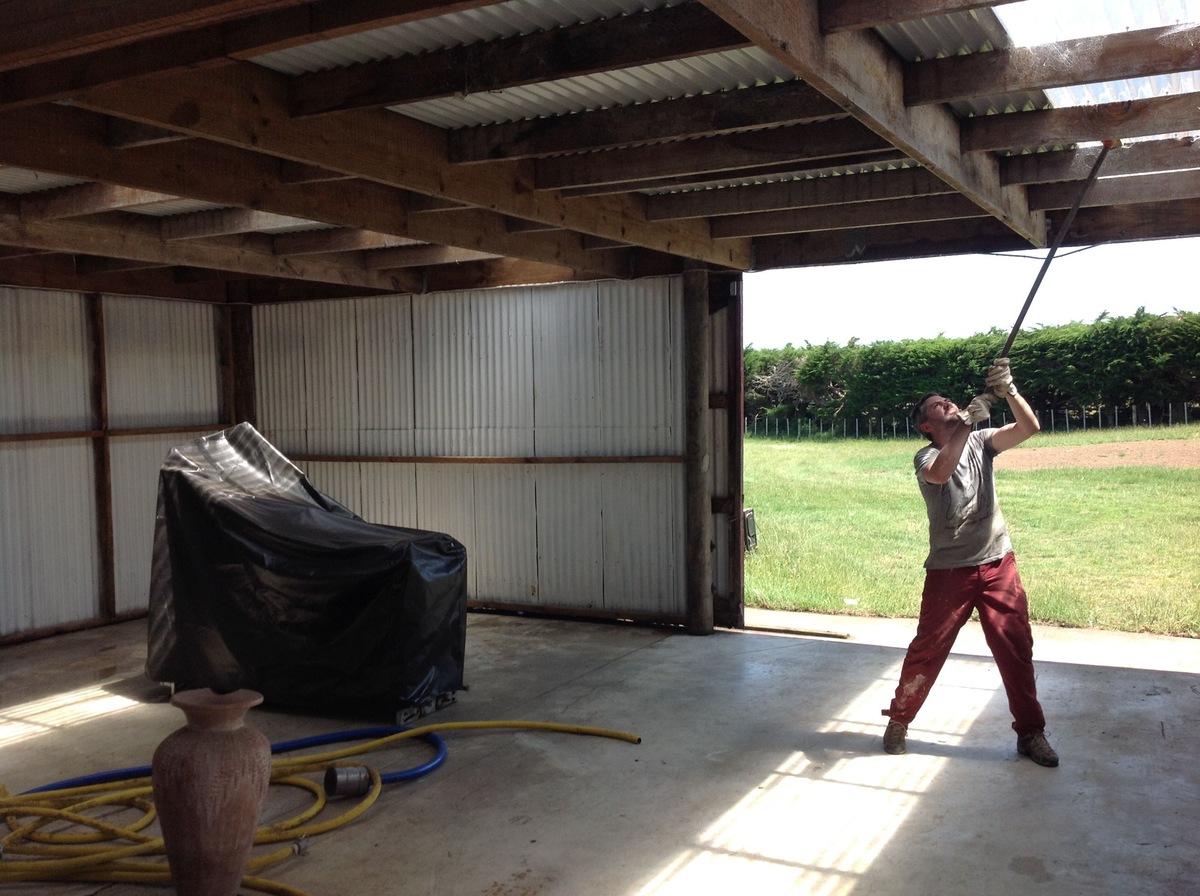
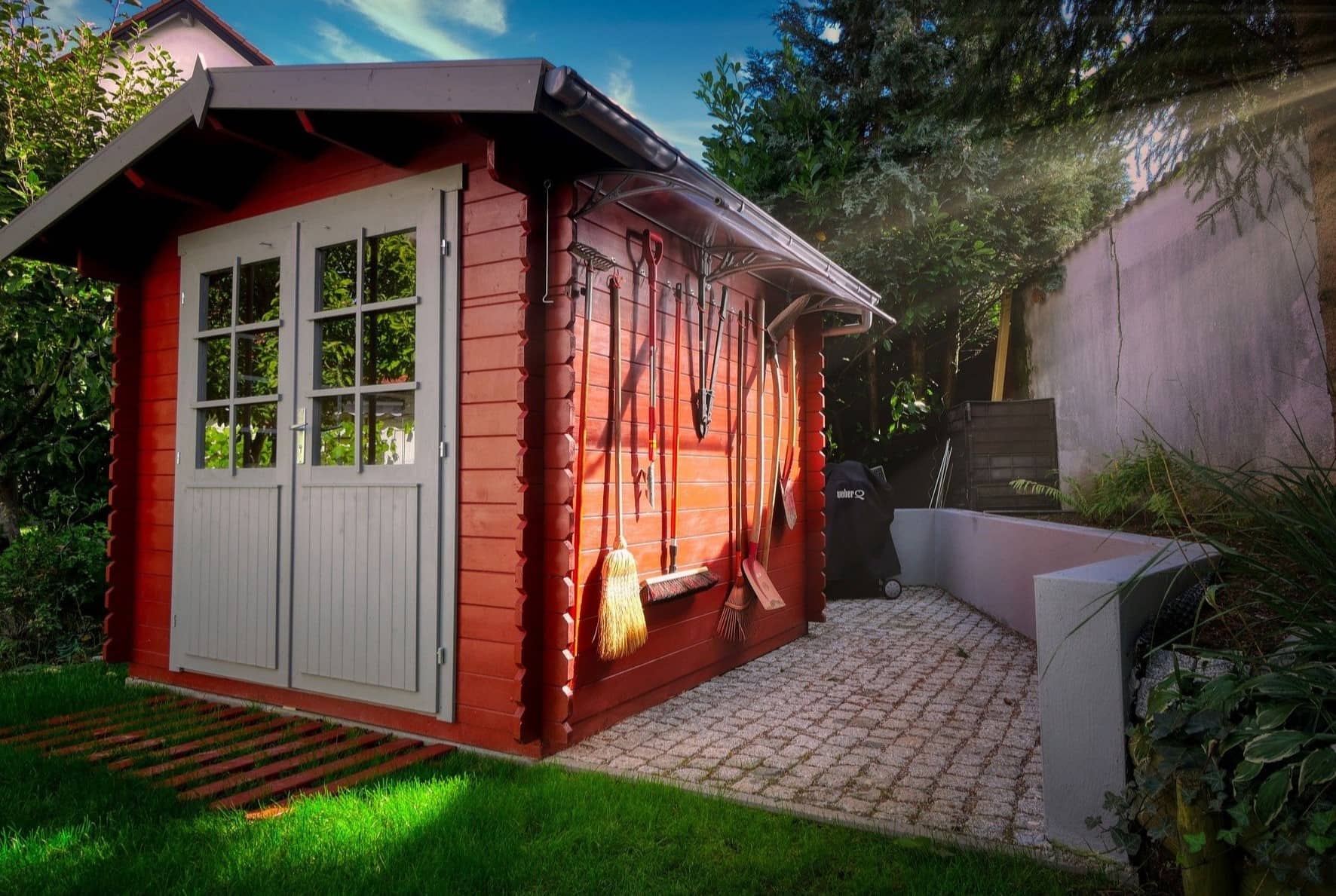
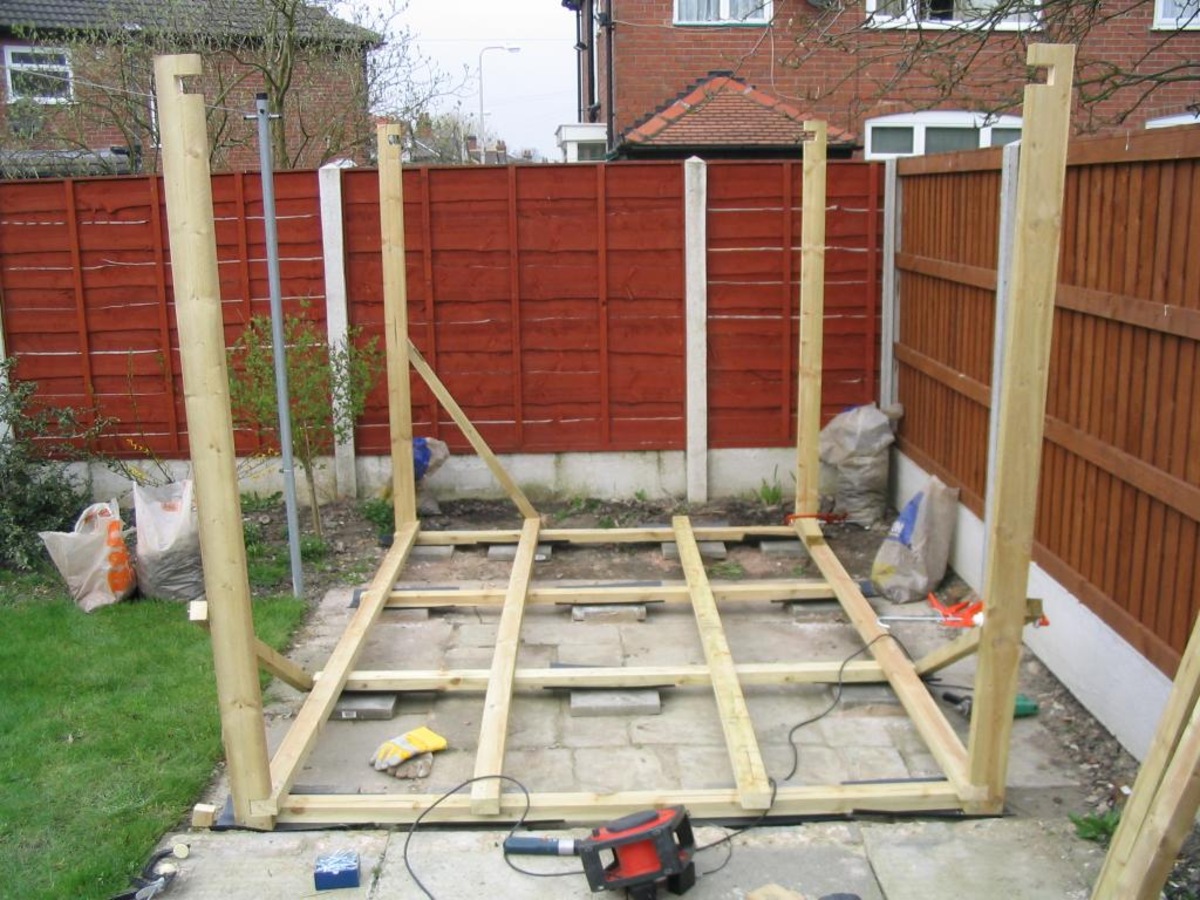
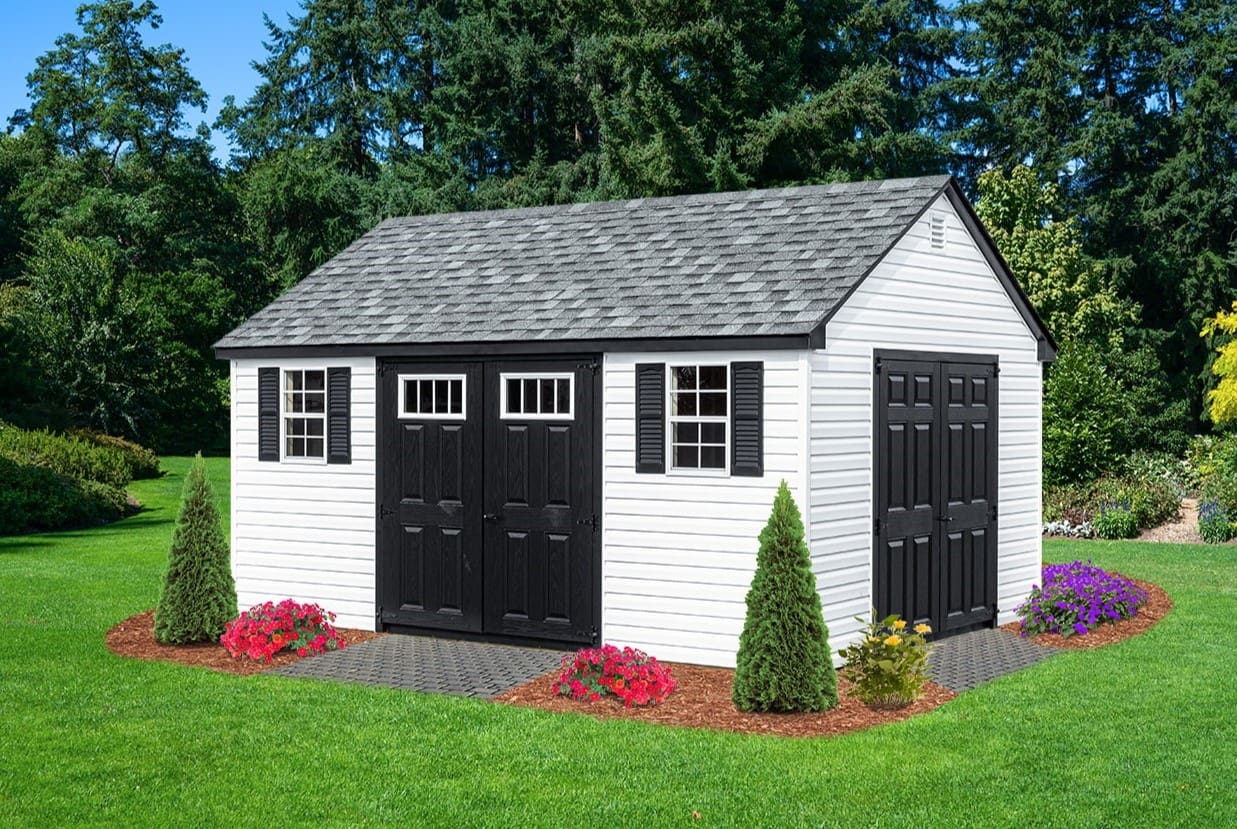
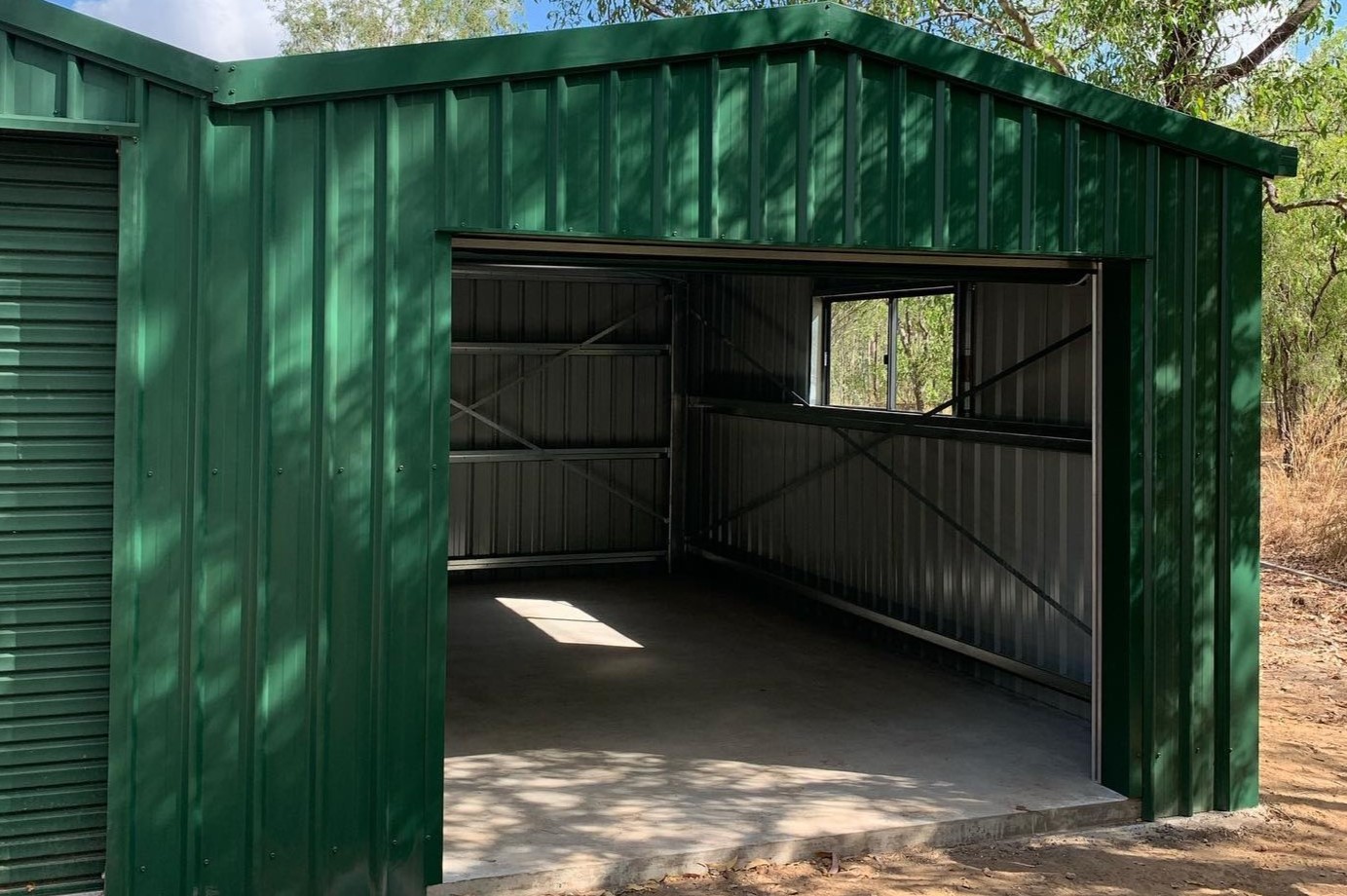



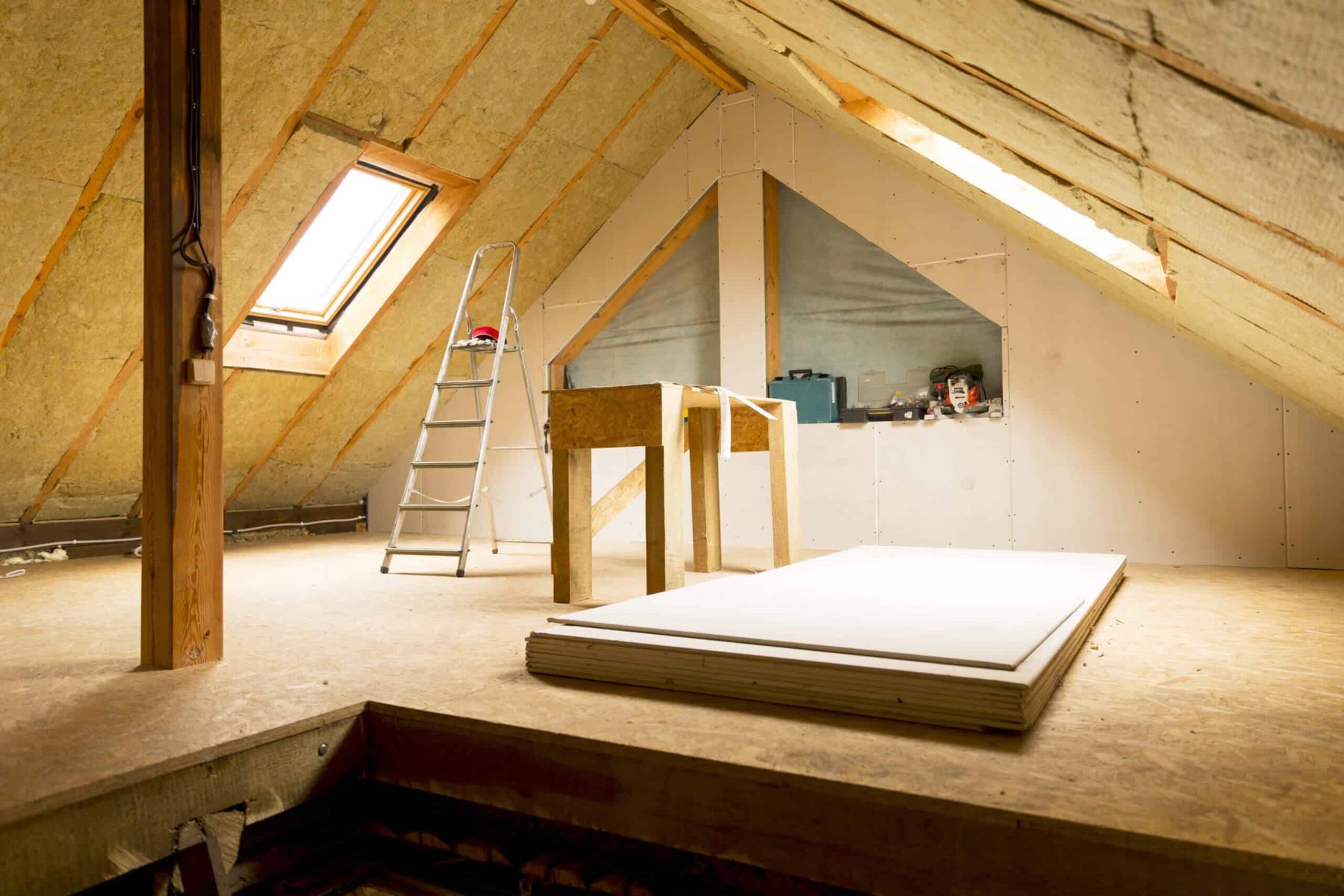
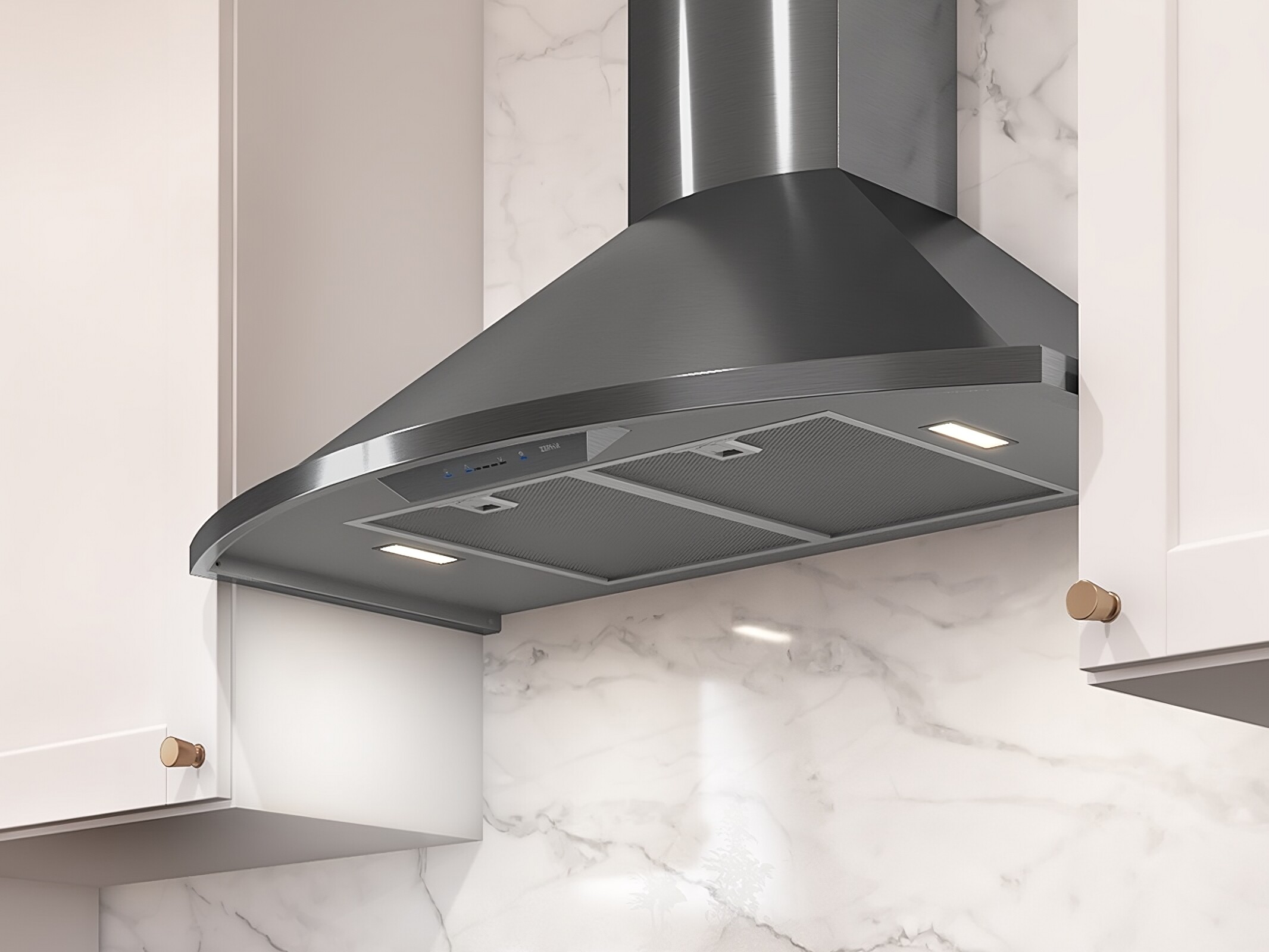
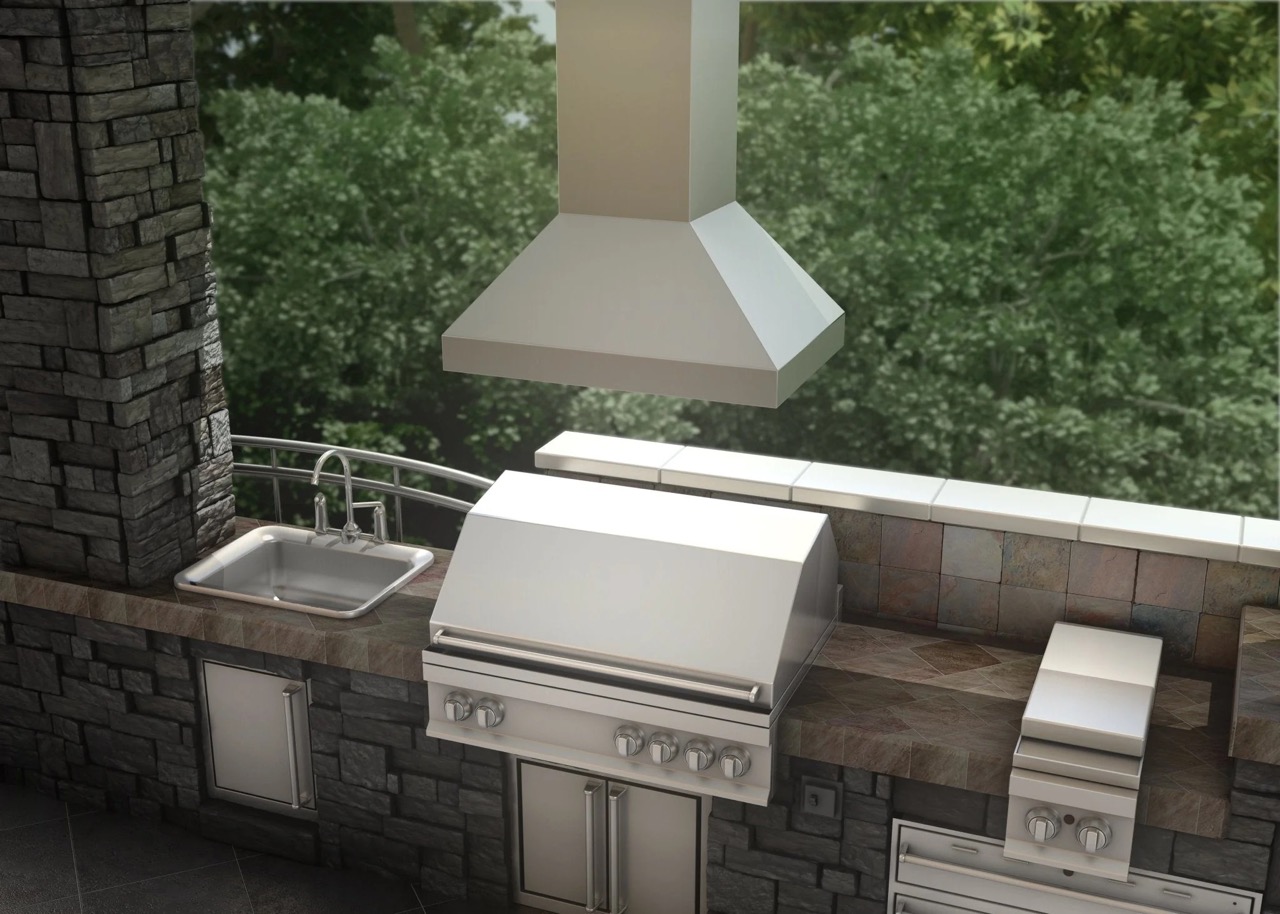
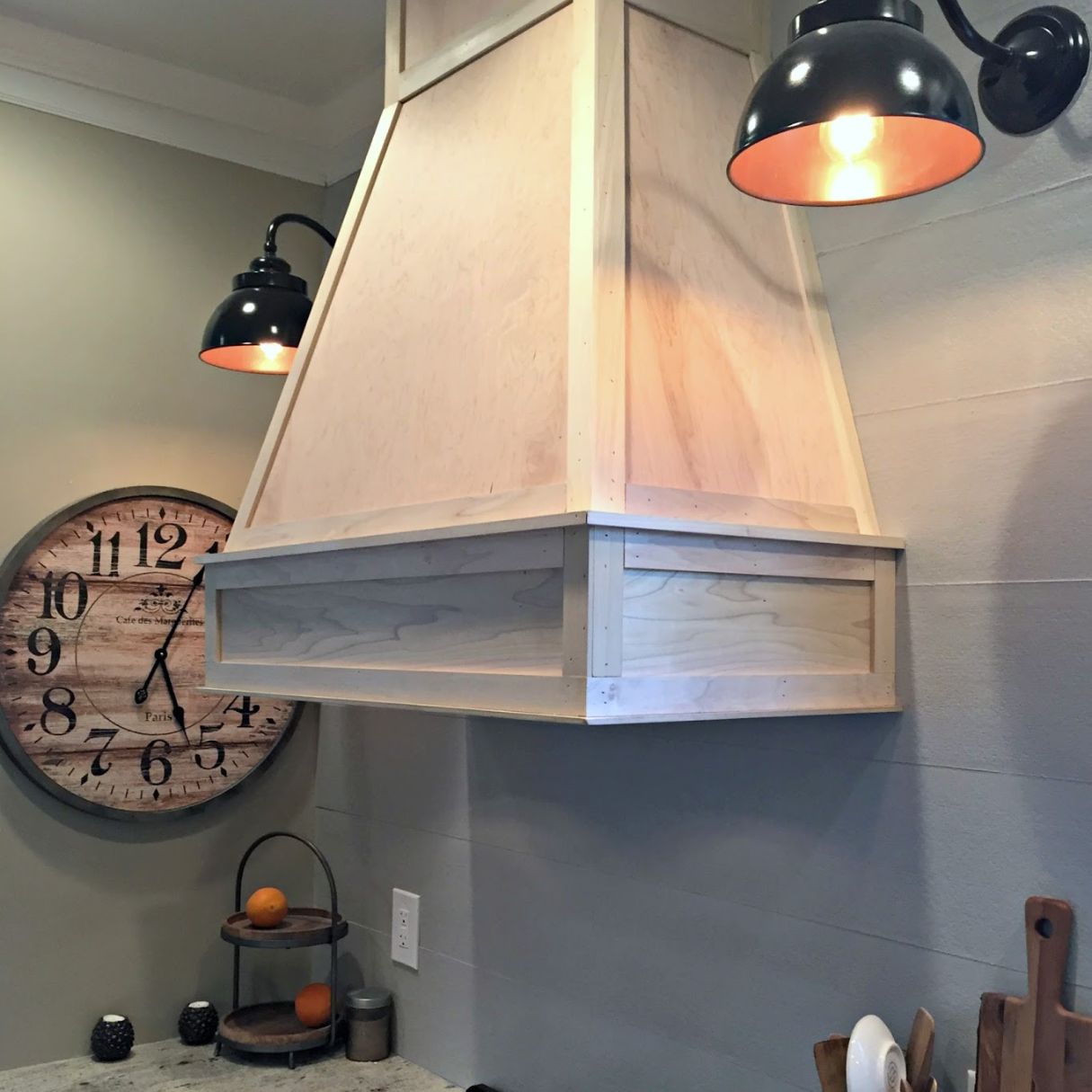
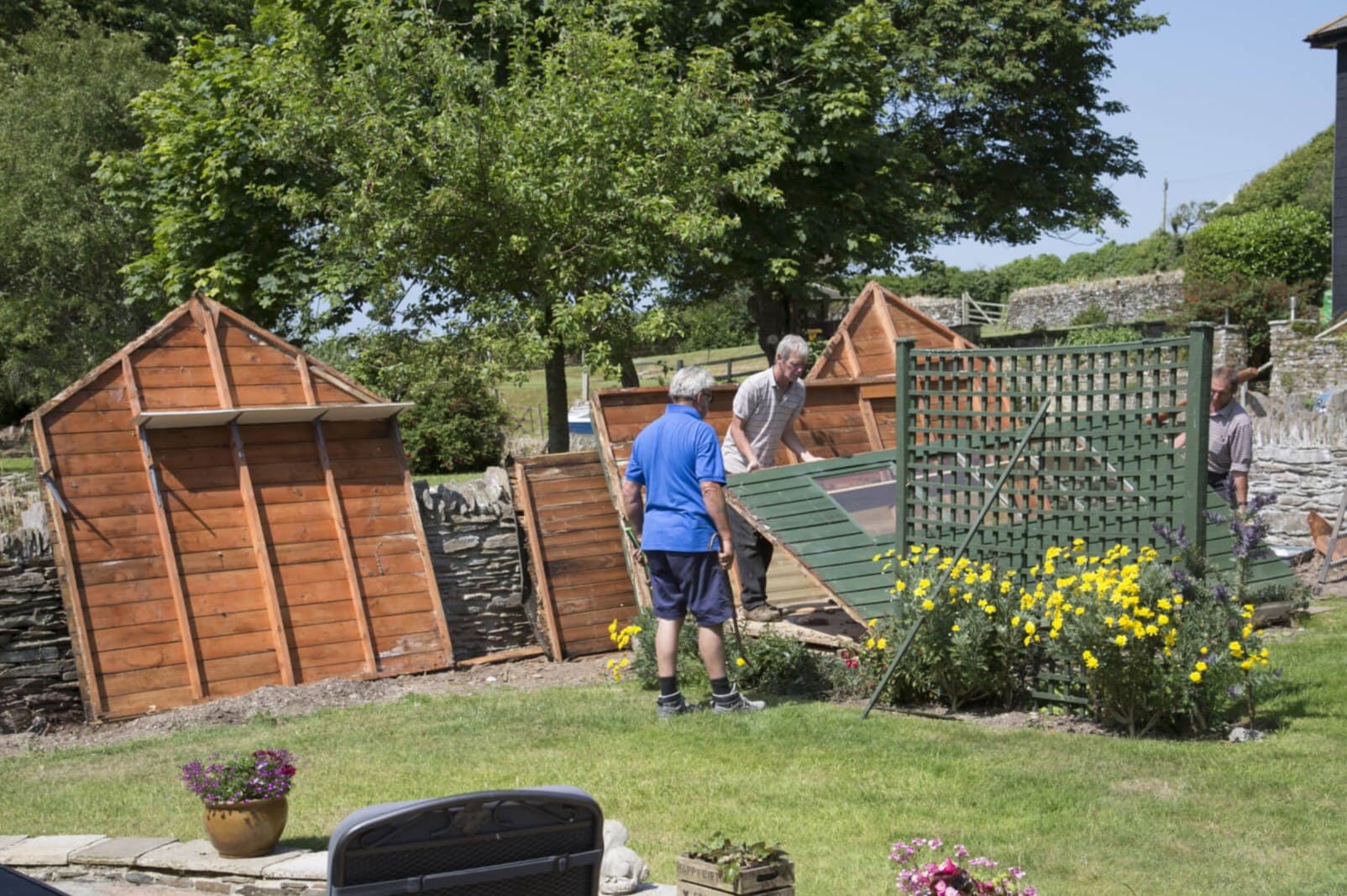

0 thoughts on “How To Ventilate A Shed”